Self portraits – in bees
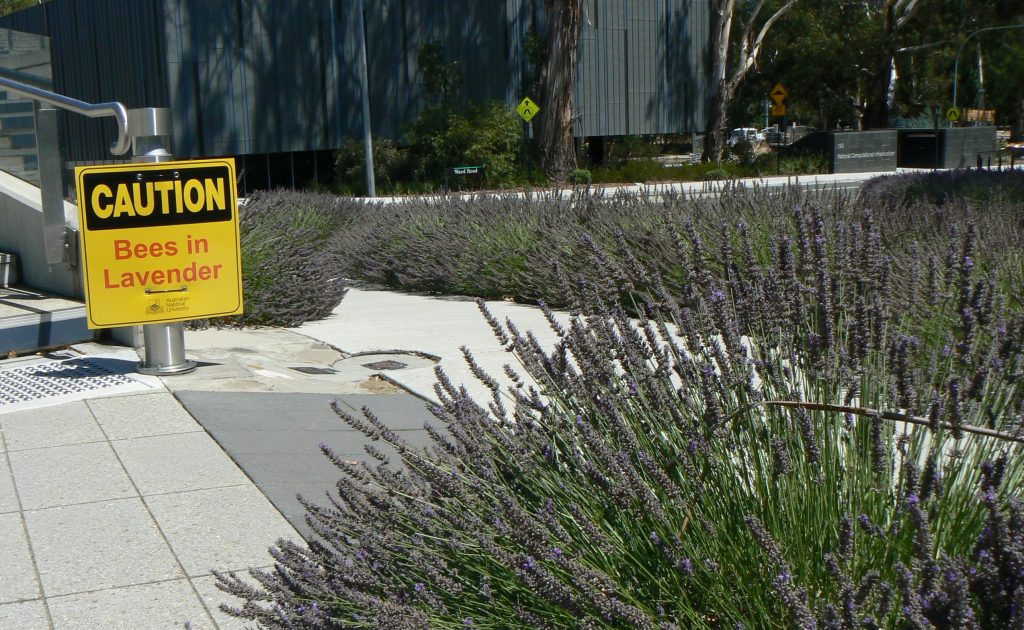
Yesterday a fellow curator alerted me to a sign that she’d driven past that morning in the Australian National University, ‘CAUTION: Bees in Lavender’. Today on the way to work I stopped to have a look. University staff had erected no less than five warning signs beside the buzzing, fragrant swathe of blossoming lavender. I started keeping bees a couple of years ago, and have some understanding of their nature. Generally, they’re defensive, not aggressive, and are quite peaceful when gathering pollen and nectar in sunshine, amid the flowers.
Someone else, it seems, thought the signs a little absurd. They’d found some purple cardboard to respond with delightful creativity:
At my desk, I searched ‘bees’ on the Museum’s website, and read about an artist, Jimmy Wululu, whose painting ‘Sugarbag Dreaming’ features in the recently opened Old Master’s exhibition of bark paintings from Arnhem Land in the Northern Territory. The intricate artwork shows a diamond pattern, each shape a wax cell in a colony of native bees, a tree trunk rising through the centre of the painting. The work can be considered a self portrait of Wululu, website text explains, and records his kinship ties, totemic associations, clan group and connections to ancestors and country.
Likewise, are the signs beside the flowering lavender in the University a sort of portrait of people who inhabit our modern, industrial society? In place of signs expressing and fostering fear in response to bees harvesting blossoms, could there be artworks that honour this extraordinary species, a busy and beautiful insect that pollinates most of our food crops, that nourishes us all?
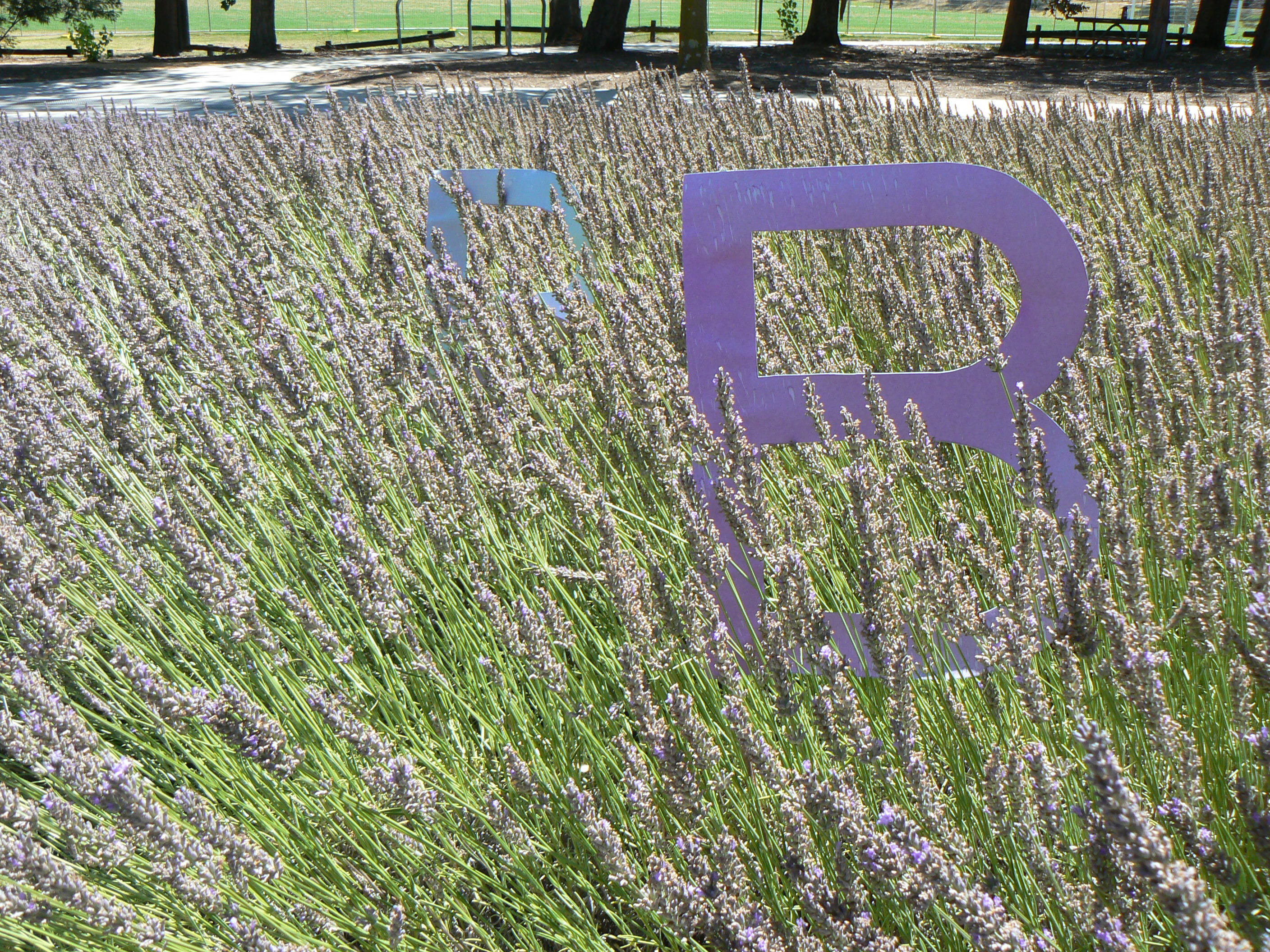
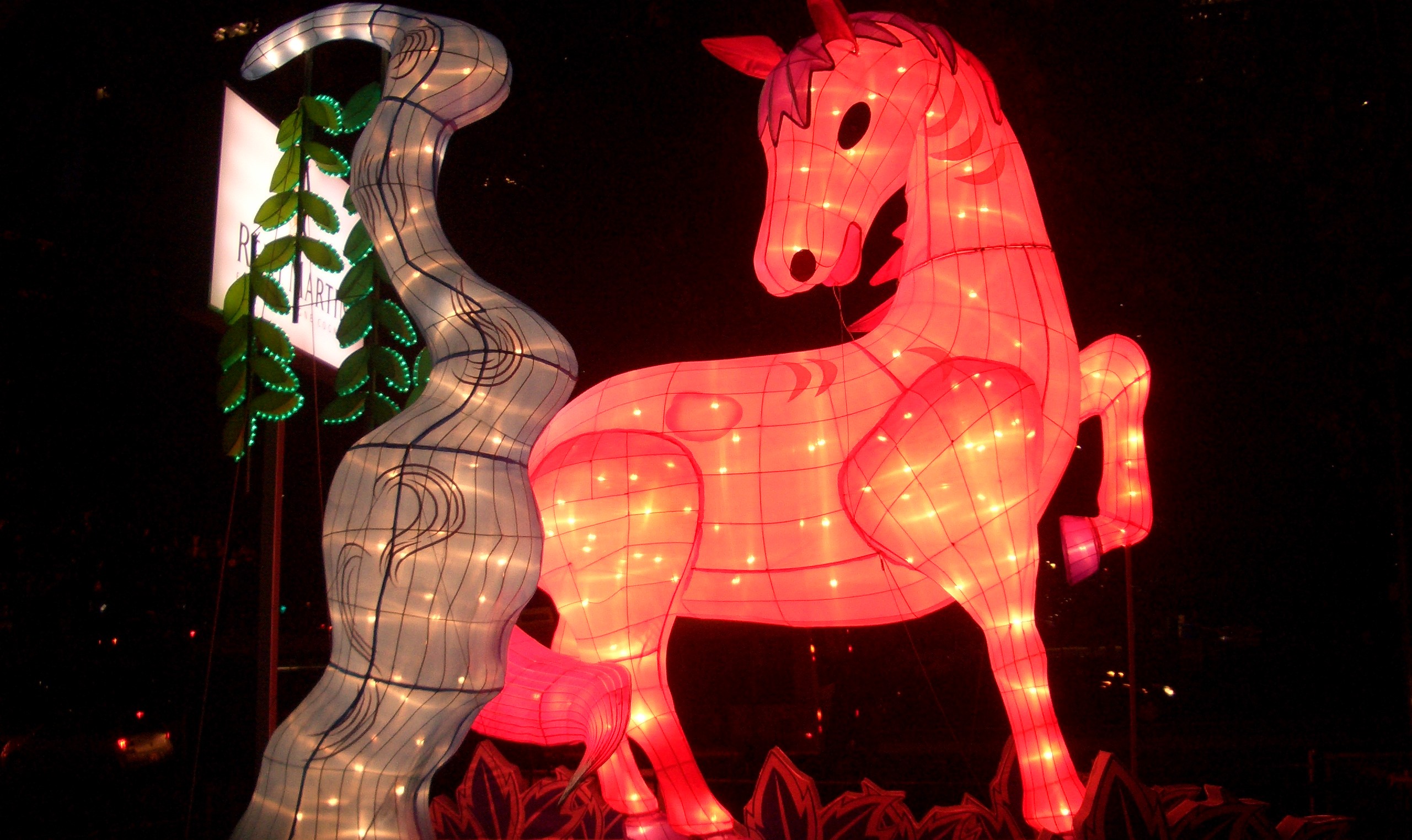
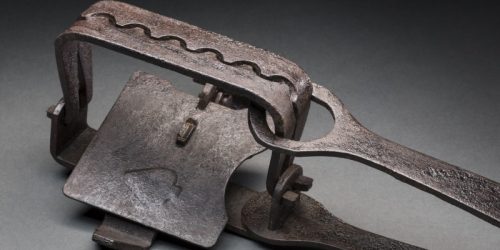

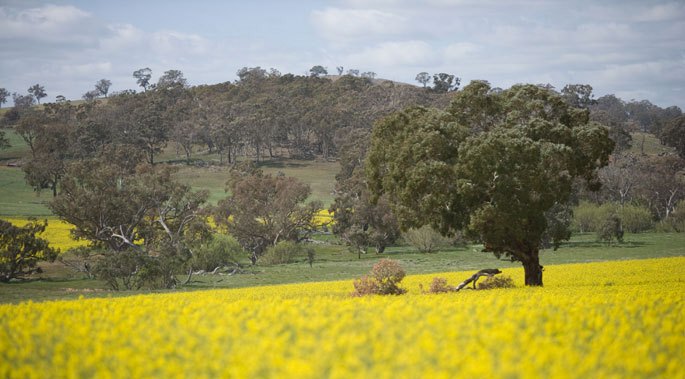
What a great link and question! At primary school I achieved some fame for stroking bees while they buzzed in playgound bushes, even the teachers were impressed, but today it probably would not be allowed. We all need to know more about the Australian environment and the species it supports and Indigenous knowledge and practises can change the way we look at life.